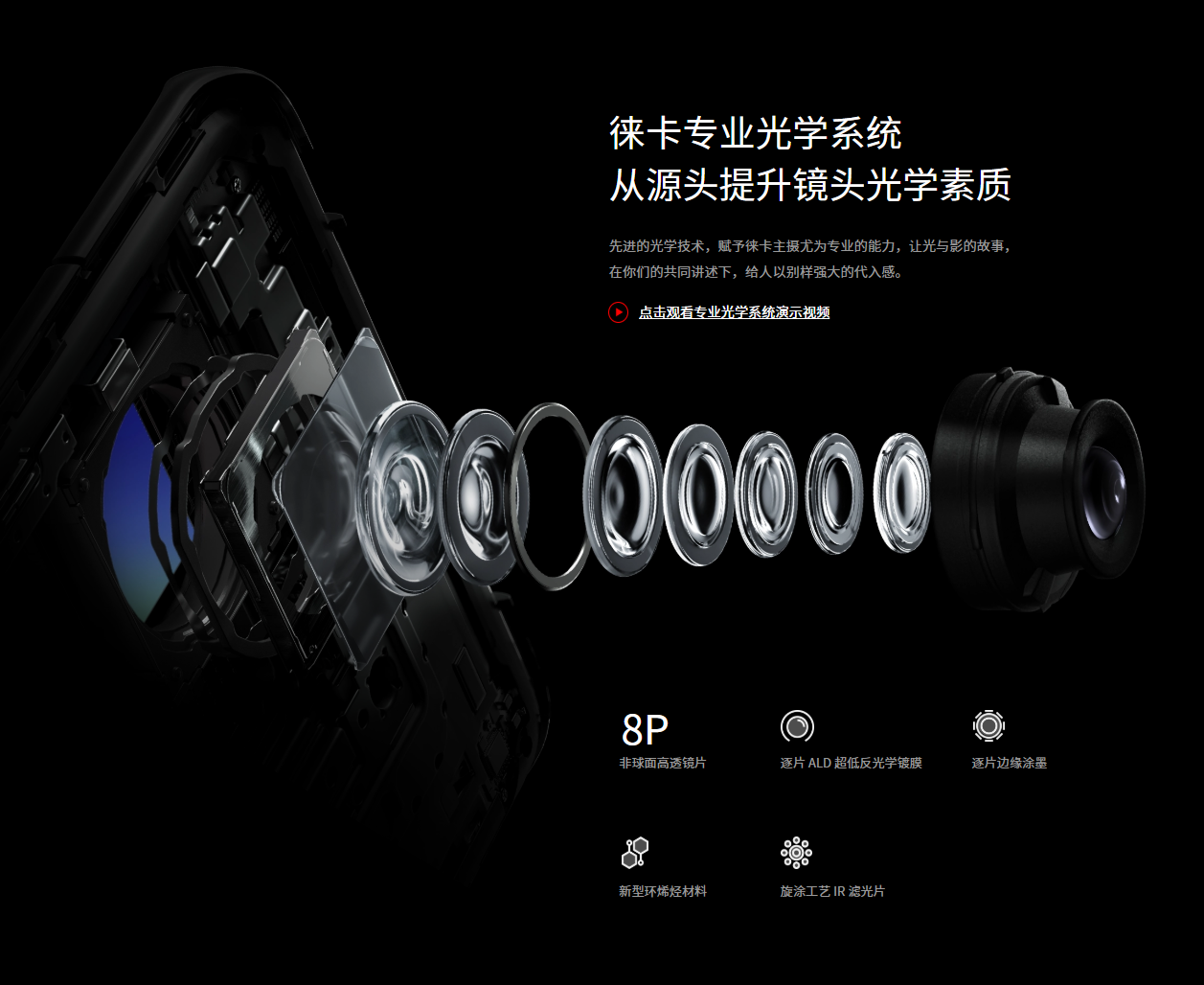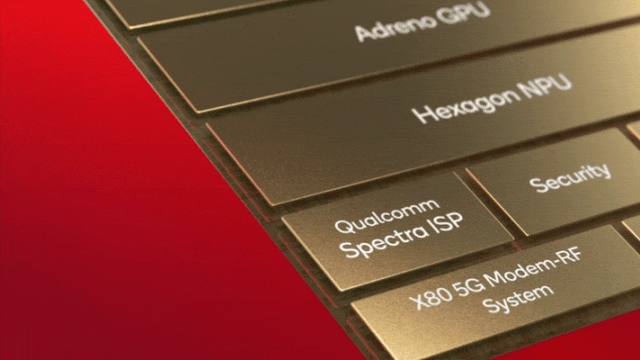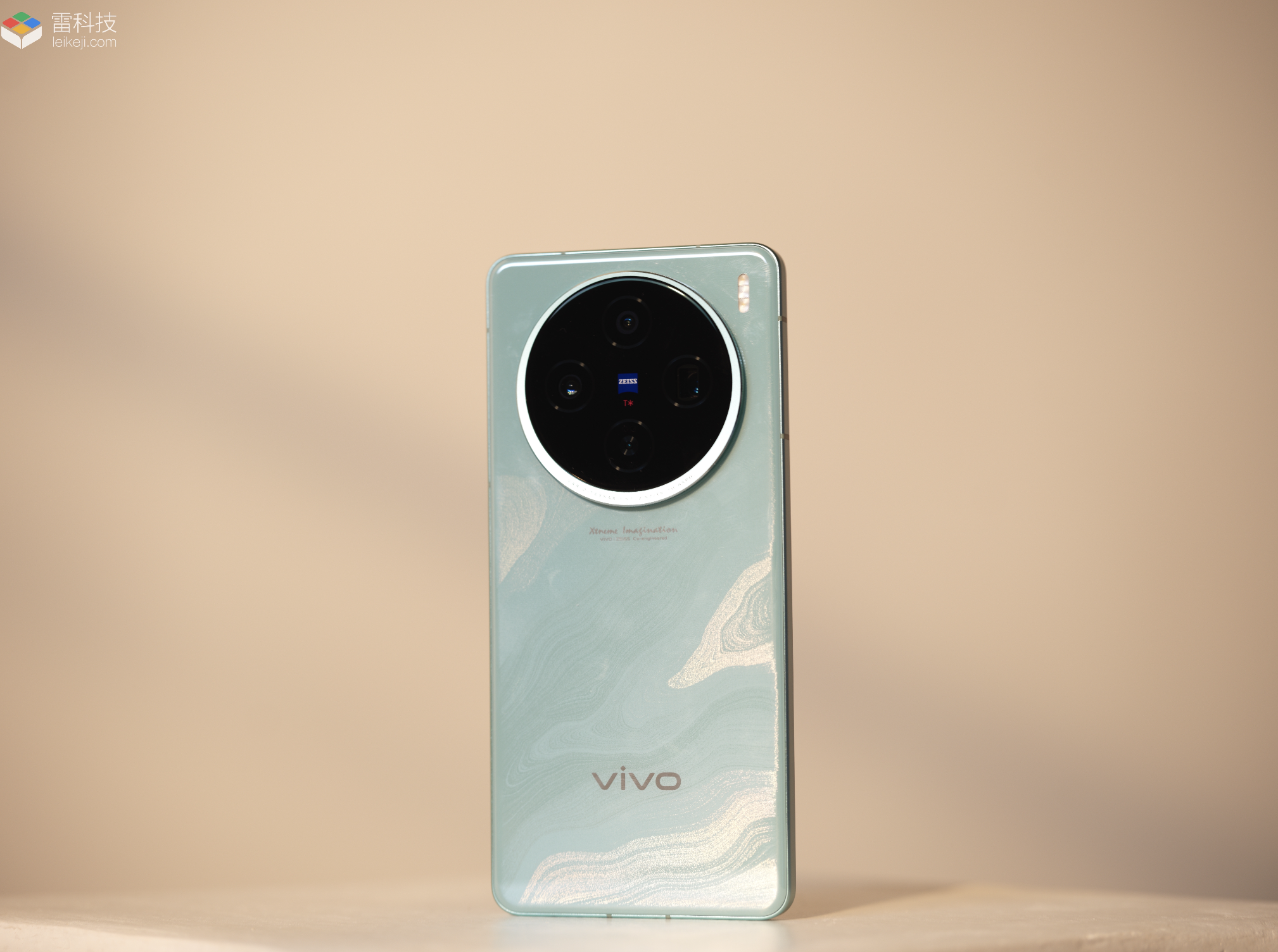Understanding "Negative Optimization": The Silent Loss for Phone Manufacturers and the Role of Hardware Degradation
![]() 02/11 2025
02/11 2025
![]() 494
494
As hardware performance degrades, OS systems and software applications continue to evolve.
The term "negative optimization" has become a buzzword among users, often invoked when phones seem to lag during gaming, photo quality diminishes, or battery life shortens. Users suspect this "negative optimization" is a ploy by manufacturers to coerce them into buying new phones, akin to how older Apple models slow down with each new release.
Mobile phone imaging stands at the forefront of "negative optimization" accusations. Many users, whether friends of tech enthusiasts or forum members, often notice that photos taken with their older phones appear stranger in color, with worsening image quality and slower speeds. Initially, they might worry about camera dirt, but even after thorough cleaning, the photo quality pales in comparison to when the phone was new. Today, we delve into whether this is truly a deliberate "negative optimization" by manufacturers.
Is It Really Image Negative Optimization? Manufacturers Bear the Silent Cost
From an imaging perspective, the primary factor behind the "degradation" of mobile phone photography capabilities is hardware aging.
The critical lens components experience significant physical damage, such as oxidation and scratches, over time, inevitably impacting imaging results.

(Image source: Nikon official)
Many may wonder why mobile phone lenses, unlike camera lenses which can last years or even decades, are not as durable. The reason lies in cost. Camera lenses employ high-strength, high-transmittance glass with protective coatings, whereas mobile phone lenses, constrained by cost and weight, use plastic or composite materials. Some manufacturers claim to use glass in certain models, but only for a fraction of the lens groups.

(Image source: Xiaomi official)
Moreover, mobile phone lenses have a simpler internal structure than camera lenses, offering portability but compromising on durability.
The second significant factor in the rapid decline of mobile phone imaging is user behavior.
People handle cameras with great care, fearing dust or scratches. They often use lens caps, bags, cleaning papers, and kits to protect and maintain their camera lenses. In contrast, mobile phone lenses are frequently exposed to dust, moisture, high temperatures, and abrasion from items like keys, cards, and lipsticks, accelerating their aging.
Sensors and internal components also age, losing sensitivity over time. Sensor issues can lead to pixel damage, reduced light-gathering capability, and noticeable photo quality degradation, especially in low-light or wide-angle shots.
Lei believes that the perceived "worsening" of mobile phone imaging is not due to deliberate "negative optimization" by manufacturers but rather to the inevitable degradation and damage of hardware. This begs the question: why do some phones show a significant decline in imaging quality after a system update? Physical hardware cannot degrade rapidly within hours, can it?
Are New Algorithms Too Advanced for Old Devices?
Software algorithms are crucial in mobile phone imaging. While hardware sets the lower limit of imaging quality, software algorithms define the upper limit. An excellent algorithm can enable a phone to surpass hardware limitations and achieve superior results.
However, algorithms can be a double-edged sword. Manufacturers can indeed enhance photography effects through camera algorithm updates. For instance, the vivo X100 Ultra and OPPO Find X7 Ultra both improved their photography experience through OTA updates, becoming imaging flagships of their time.
For older models, however, new algorithms may not mesh well with outdated hardware. For example, modern AI imaging algorithms offer optimized shooting solutions for different scenarios, like increasing ISO and brightness for night scenes or applying beauty filters for portraits. But most older hardware cannot adapt to these new algorithms, leading to misinterpretations in complex scenes. New algorithms might require real-time analysis of multiple frames, a demand older processors cannot meet, resulting in slower photo capture and reduced image quality—what users term "negative optimization".
It's worth noting that the rapid advancement in mobile phone imaging is partly due to processor upgrades. For instance, the latest Snapdragon 8 Gen 2 significantly outperforms the Snapdragon 8 Gen 1 in ISP, dynamic range processing, low-light performance, multi-camera coordination, color accuracy, data throughput, and AI processing.

(Image source: Qualcomm official)
Thus, the processor becomes a pivotal factor in older phones' imaging performance. When new algorithms demand more computing power, older processors may struggle. If manufacturers refrain from pushing new algorithms to older models, users might accuse them of neglecting older users. Some manufacturers have tried simplified, reliable performance optimization algorithms (stripped-down versions of new algorithms), but users remain dissatisfied, perceiving it as "discrimination".
Balancing new algorithm updates with older phone compatibility has become a delicate act for manufacturers, one that's not easily mastered.
Seeking Optimal Imaging? Upgrade to the Latest Flagship
Users' accusations of "camera negative optimization" often stem from misunderstandings.
The perceived "negative optimization" in mobile phone photography results from both hardware aging and the compatibility issues between new algorithms and old devices. As hardware degrades and software evolves, the contradiction between outdated hardware and powerful software intensifies.
Users should view mobile phone performance and user experience degradation rationally. Mobile phones, as consumer goods with a fast turnover rate, are not designed for long-term use. Those who keep their phones for three to five years, like a camera, are considered "nail households".
Therefore, if you're dissatisfied with your current phone's imaging quality, even after a system update, Lei suggests considering the latest flagship models focused on imaging.
Additionally, users' photo aesthetic standards vary. Some prefer bright, vivid, detailed, high-contrast, sharp, low-noise, and color-accurate photos, while others favor soft, muted, blurred, low-contrast, low-sharpness, high-noise, and warm or cool tones. Just as some prefer Leica's somber style, others lean towards Canon's clarity.

(Image source: LeiTech production)
Given these differing preferences, it's challenging for manufacturers to please everyone. They strive to adopt a mainstream imaging style. When users feel dissatisfied with photo quality, it might simply be a mismatch with their personal taste.
If you're still curious about "imaging negative optimization," Lei can conduct a hands-on test comparing photo quality between a factory-fresh and latest-version update of the same imaging flagship. Which phone would you like to see tested? Share your thoughts with LeiTech.








